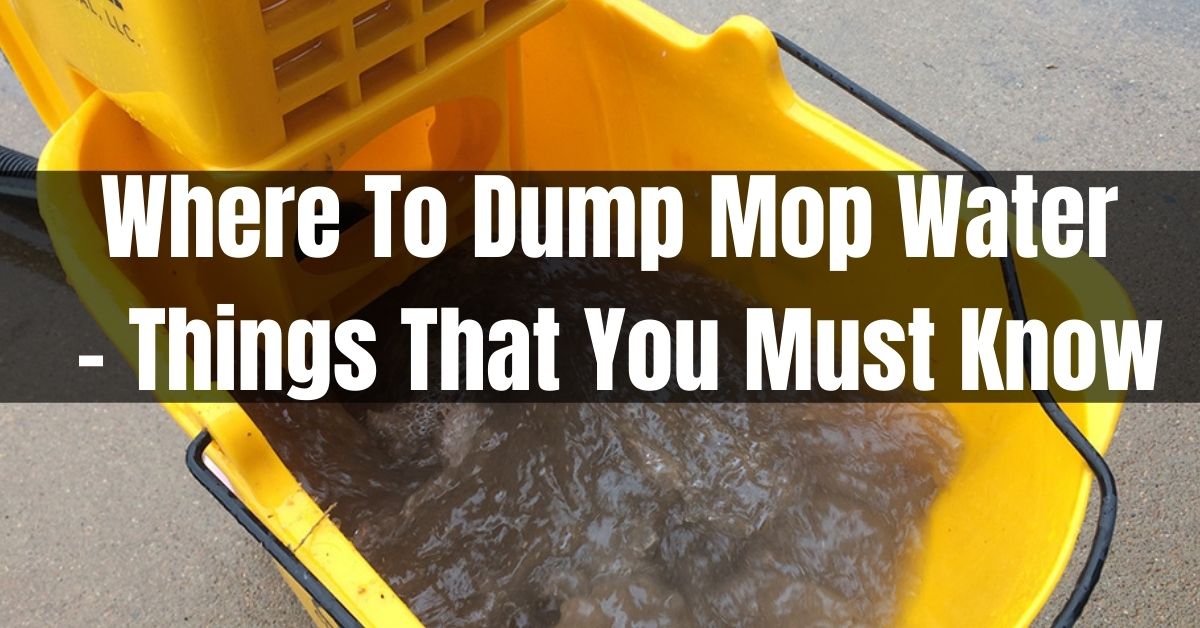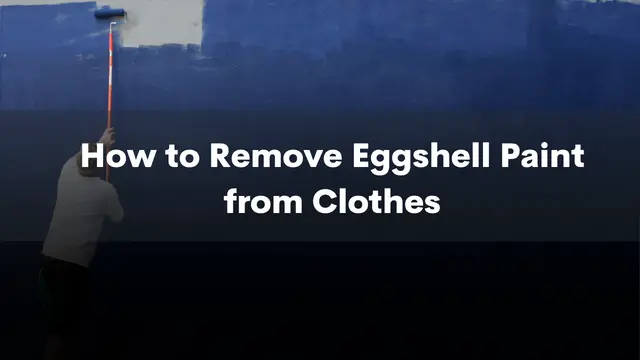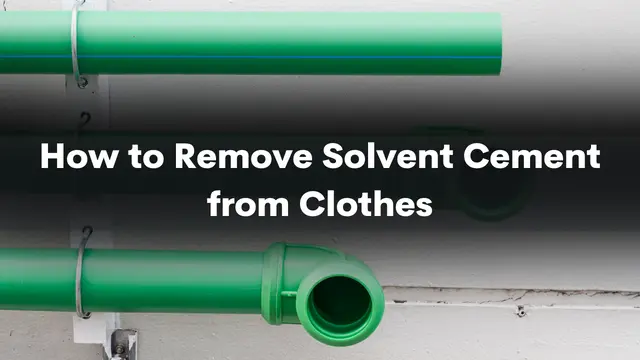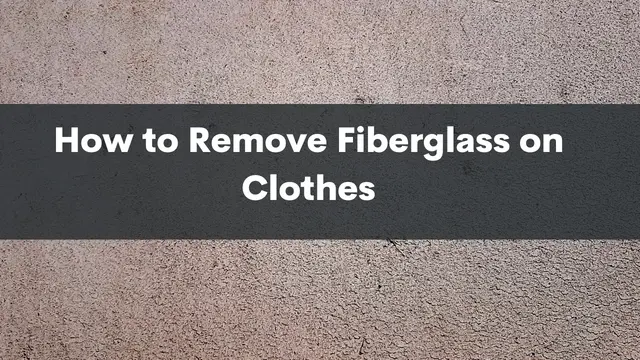Where do you dump mop water after using it to clean your house? Is there a universal rule that governs where to dump mop water after you are done cleaning? There isn’t, but that doesn’t mean you can dump the water anywhere.
The water will be filthy most of the time and thus needs proper disposal. So where then is the best place to get rid of such water?
Let’s have a look at that.
Contents
How Dirty Is Mop Water?
There can only be one answer for this: mop water is filthy. It contains all the dirt on floors that the feet or shoes of people have picked up from different places and brought into the home.
So,
Where Should We Dispose Mop Water?
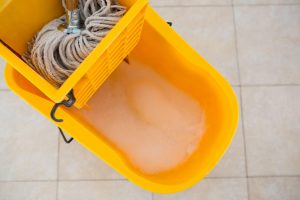
This might seem like a direct question, but frankly, few people understand the proper place to dump mop water. Floors can get quite dirty, especially in high traffic rooms such as the living room or the kitchen.
Therefore, when you mop such floors, you expect the water to be filthy and contain many germs. After all, the germs are why we clean with a detergent or bleach sometimes.
So, you can’t dump such water anywhere.
The best place to dump mop water is down the shower drain or the toilet. Flushing the water down the toilet or the shower drain will ensure the water doesn’t get anywhere near sanitary objects such as toothbrushes.
If you live in an apartment that doesn’t have much access to the outdoors, you can’t access the drainage systems on the outside to dispose of mop water. That’s why flushing the water down the toilet is an easy way out.
Also, flushing the water down the shower drain and the toilet takes the water directly to the sanitary sewerage system. Now, if you’re familiar with most municipality sewerage systems, you understand that they have two basic sewerage systems that are always separate.
There is the storm drain system and the sanitary drain system. The dirtiest and most polluted water goes down the sanitary sewerage system while the clean water runs through the storm drain system.
But before you can do that, ensure you have removed any objects or debris that might struggle to go down the drain or the toilet. That will ensure you don’t block your toilet or shower drain and spend money getting a plumber to unblock it.
After draining the water into the toilet or the shower drain, clean the bathroom thoroughly to remove any germs that remain on the sides.
How Do I Mop Floors?
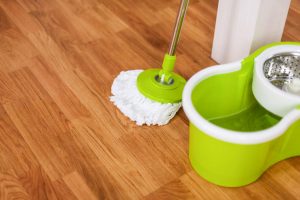
Mopping is an easy, although tiring, process. If you want to mop your home’s floor, the steps below should help you.
Step 1
Clear and cordon off the area you want to clean. Remove the future and other significant obstacles to ensure you have an easier time moving the mop over the floor.
Step 2
Take a broom and sweep the area you want to mop. This will make your mopping easier since you won’t have to deal with too much dirt.
Step 3
Choose a mop that will work best for the type of floor in your home, then start mopping. Take your time scrubbing high traffic areas such as by the door. The kitchen floor will need more attention than other floors because of the high traffic.
Read Also: Top 7 Best Old Fashioned Dust Mops Reviews
Floor Mopping Do’s and Don’ts
Floor mopping has some things you need to do and some that you need to avoid for your work to be easier.
Do’s
- Clear the area you want to mop off all obstacles (usually furniture). This will give you an easier time cleaning out a room. You don’t want to keep on bumping into obstacles as you mop.
- Sweep the area you want to clean to remove dirt and dust. A Swiffer broom or dust mop will come in handy here. Sweeping or vacuuming the area you want to clean before mopping makes it easier for you to tidy the area. You will get it cleaner faster.
- Use a safe cleaner that won’t react with your floor. If you have hardwood flooring or other sensitive floors such as vinyl, use cleaners compatible with them.
- Have a coherent mopping plan. Everything needs a plan, and so does mopping. You can’t start from just anywhere in the room. It would be best if you had a plan.
- Clean the mop bucket after you’re done mopping.
Don’ts
- Avoid mopping a hardwood floor. Such floors are usually sensitive to water as it might ruin them.
- Don’t forget to keep your mop clean. It doesn’t matter if it’s a steam mop or your ordinary mop. Always keep them clean after you finish using them.
- Don’t dump the water from mopping in the kitchen sink or anywhere where it could get in contact with sanitary objects such as toothbrushes.
Are There Eco-Friendly Cleaners to Use When Mopping?
There are various eco-friendly cleaners you can use when mopping your house. Let’s look at some of them.
- Eco-me Plant-Based Multi-Surface Floor Cleaner
- Easy Mop Enzymatic Floor Cleaner
- Soganics Eco-friendly Multi-Surface Cleaner
The above cleaners are just a few of the many you can consider when mopping your floor.
Last update on 2024-07-12 / Affiliate links / Images from Amazon Product Advertising API
FAQ About Where to Dump Mop Water
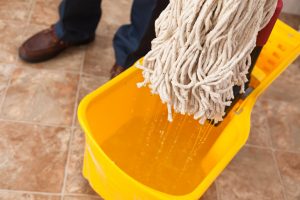
Can You Flush Mop Water?
Yes, you can. However, it would be best to remember to clean the toilet or the shower drain once you flush the water.
Why Inst It Advisable to Mop Hardwood Floors?
Hardwood floors are delicate and react to water. Being wooden, water would damage them, so you can’t use water to clean them.
How Long Will It Take To Dump the Mop Water?
It would take an estimated 3.5-4.3 seconds to dump the mop water in a bucket with a diameter of 10 centimeters and a height of 15 centimeters. The volume of water in this bucket is about 700 cm^3, which will fill up at about 1/4th liter per second. This would mean that it can be dumped in about 55 seconds if it were dumped all at once.
Where Do You Dump Mop Water in a Restaurant?
Restaurants do not generally provide a place to dump mop water. But, there is usually a sink nearby and it is acceptable to pour the water down the drain or use a bucket and dispose of it in the nearest trash receptacle.
Can I Dump Mop Water Outside?
It is illegal to dump mop water outside, and you might even be arrested for it. Depending on the area you live in, most states prohibit the dumping of mop water outside unless you are dumping the water into a sewerage system.
Read Also: Top 7 Best Mop for Dog Hair Reviews & Buying Guides
Wrapping Up
We hope you found our insight particularly enlightening if you didn’t know where to dump mop water. Mop water contains lots of germs from your home’s floors, which is why you need to be careful about where you dispose of it.
Relevant Resources:
